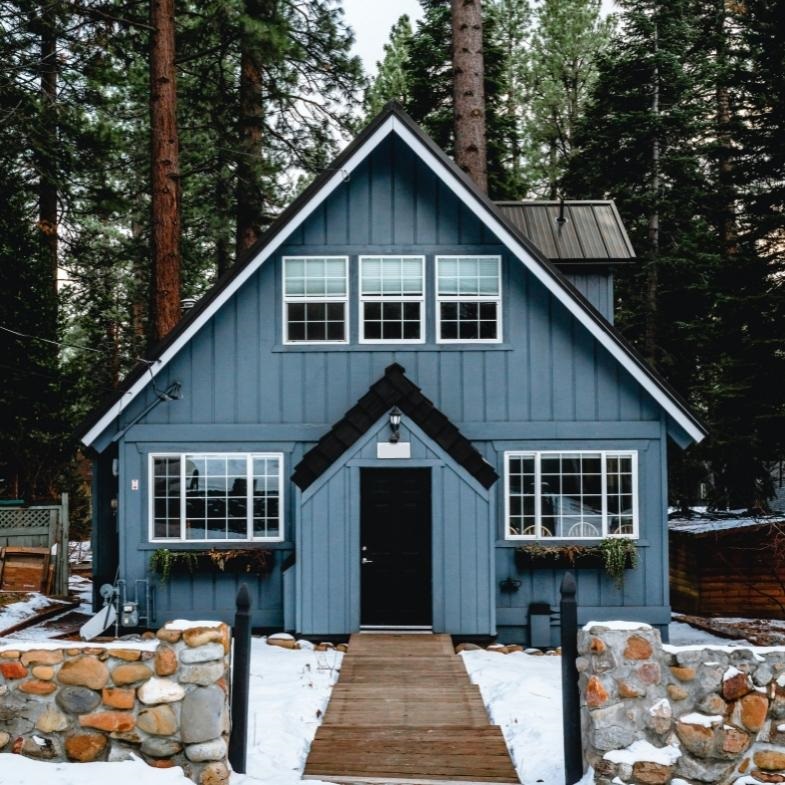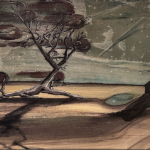Which is it?
That depends… in the art world the saying is “fat over lean” meaning you can prime your canvas and do background washes in water based paint and then paint over that with oils. But… in the house painting business, the rule is the exact opposite… you prime surfaces with oil based products but then finish on top of that with latex products.
Why is that? Well… first of all, the artist is painting on canvas, which is much thinner than a wall and will dry out from the back-side almost as quickly as from the front-side. Even if the artist is working on a solid surface that won’t allow air from the back, there is also the idea that the artist is using much thinner coats of latex (or acrylic) then the house painter.
But, the most important reason this rule needs to be followed is that all paint forms a film on the surface that makes contact with the air and so when an oil is applied over a latex, the paint that remains wet under the film has no way to evaporate and correctly dry-out.
You see, if an oil based paint is applied over another oil-based paint, the new layer will “activate” or “moisten” the layer underneath, eliminating the “film” that formed when the first layer was applied and allowing an absorption of the new layer, a “melding” that creates a new, thicker, layer.
We see this effect best in lacquers and high-gloss enamels.
Well, the same holds true for the water-based paints. When a new layer is applied, the chemistry in the paint softens the film of the previous layer allowing the two layers to bond. But, because of the different drying agents, or sicatives used, water-based paint generally “repels” oil-based paint when the oil is placed on top of the latex and as the film forms on top of the new layer, the latex refuses the absorption of the oil, leaving a wet, gooey mess trapped between two layers… a microscopically thin mess, no doubt, but a mess none the less.
When a water-based paint dries out, the film on the surface will allow the evaporation of the water in the paint, and water trapped in the substrate, for quite a long time after the paint feels dry to the touch… another reason oil over water doesn’t work. When an oil-based paint dries out, the thinners evaporate from the “bottom” of the paint “up” to the surface. The film on the surface stays wet until the paint is all the way dry with the film on the surface being the last part of the paint to dry (This is why an archivist dealing with art will tell you an oil painting isn’t dry until after seventy five years). With the water-based paint underneath, allowing evaporation of water into the oil-based layer above, the water repels the oil, the oil can’t begin to dry properly, and we have the microscopically thin layer of goo mentioned just above. This layer of goo will prevent the proper adhesion of the top layer to the layer underneath.
Ultimately, the rule reverses from art to walls because of the thickness of the layers of paint being applied (an artist might glob the oils on in thick, determined strokes, whereas the painter will smooth the oil out nice and thin)…
…and because of the different ways the two mediums dry-out.
At least I’m pretty sure that’s what’s happening. Let me know if I’m wrong, I’m never too old to learn something new ; )



